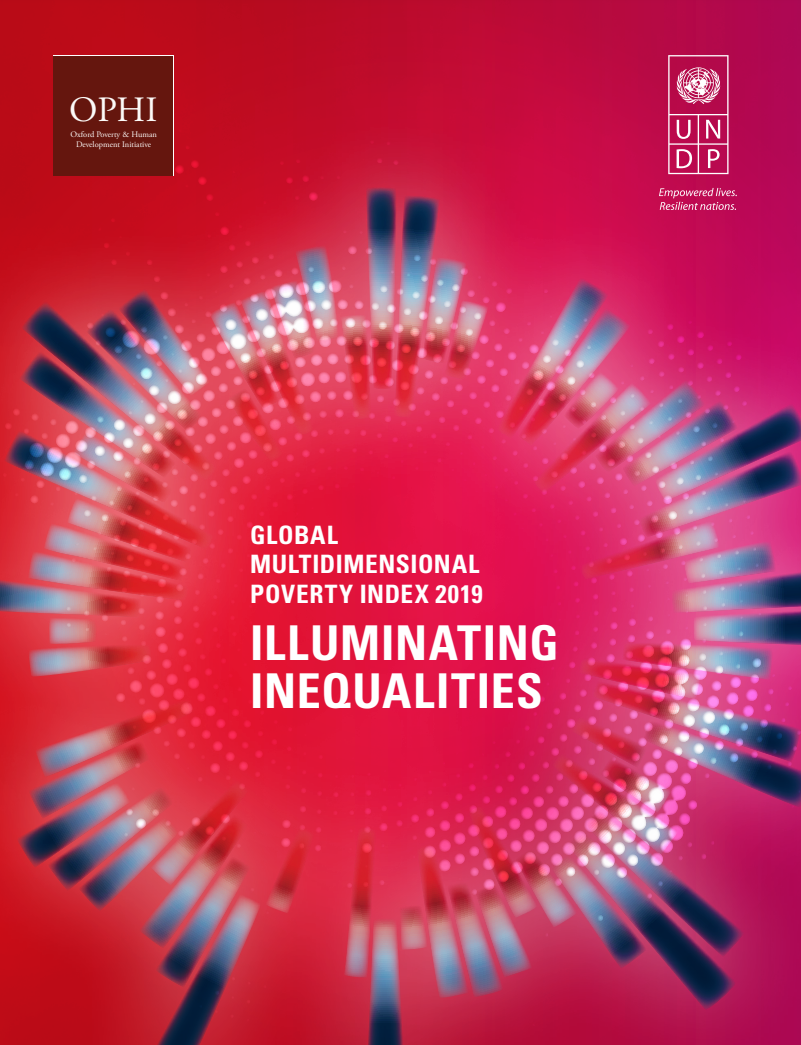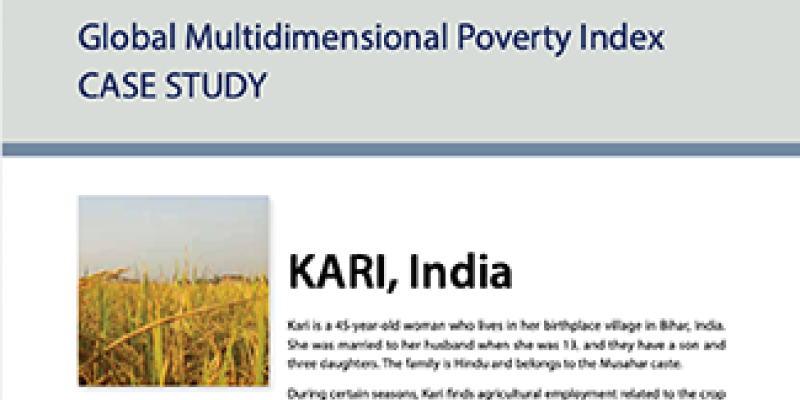Global MPI 2019
The 2019 update of the global MPI covers 101 countries and 1,119 subnational regions covering 76 percent of the global population (5.7 billion people). Ten countries are analysed for changes over time.
Our joint report
The 2019 global MPI publication Illuminating Inequalities released on 11 July 2019 sheds light on the number of people experiencing poverty at regional, national and subnational levels, revealing inequalities across countries and among the poor themselves. The publication is jointly developed by the Oxford Poverty and Human Development Initiative (OPHI) at the University of Oxford and the United Nations Development Programme Human Development Report Office (UNDP HDRO).
The global MPI provides a comprehensive and in-depth picture of global poverty – in all its dimensions – and monitors progress towards Sustainable Development Goal (SDG) 1 – to end poverty in all its forms. The publication previews ongoing research into trends over time for a group of countries including Bangladesh, Democratic Republic of Congo, Ethiopia, Haiti, India, Nigeria, Pakistan, and Peru. SDG target 10.1 calls for tracking the progress of the bottom 40 percent of the population compared with that of the total population – the publication includes case studies and a detailed analysis of the growth of those furthest behind – the ‘bottom 40%’.
Citation: OPHI (Oxford Poverty and Human Development Initiative) and UNDP (United Nations Development Programme) (2019). Global Multidimensional Poverty Index 2019: Illuminating Inequalities. United Nations Development Programme and Oxford Poverty and Human Development Initiative.
Our data
The global MPI results are presented in the following Data Tables.
Oxford Academic Licence
Our Country Briefings
The global MPI Country Briefings present the country-specific results for the countries in this year’s global MPI.
Documentation
Technical files
The do-files are the computational files that were used to create the MPI from each dataset in Stata.
Case Study
Events
News
OPHI and UNDP Press Release
Media coverage highlights
- The Guardian - Life is getting better for world's poorest – but children bear greatest burden
- Washington Post - Opinion: Millions have come out of poverty. It’s a reason to hope
- El País - Quiénes son y dónde están los pobres del mundo




